Unpacking Competency-Based Education in Healthcare with 3 Experts


If you work in healthcare education, you may have noticed a shift occurring: the shift to competency-based education (CBE). This is driven by the need to better prepare graduates for the complexities of real-world practice. CBE moves beyond just measuring what students know to assessing what they can do in practice. But how does simulation, a staple in healthcare education training, fit into CBE?
A recent webinar featuring experts from a global organization, the Society for Simulation in Healthcare (SSH)’s Simulation Grounded Competency-Based Education Task Force and Affinity Group, delved deep into this question. Panelists Curtis Nickel MD, Med, FRCPC, Marie Gilbert, DNP, RN, CHSE-A, FSSH, and Brian Mann, EdD, MS, PA-C shared their insights on the rise of CBE, the critical role simulation plays, and the challenges and opportunities ahead.
In this article, we provide a summary of the webinar and key takeaways that can help you along your path to CBE.

Curtis Nickel, MD, MeD, FRCPC
University of Ottawa
The Ottawa Hospital
Canada

Marie Gilbert, DNP, RN, CHSE-A, FSSH
Central California Center for
Excellence in Nursing
USA

Brian Mann, EDD, MS, PA-C
Philadelphia College of
Osteopathic Medicine
USA
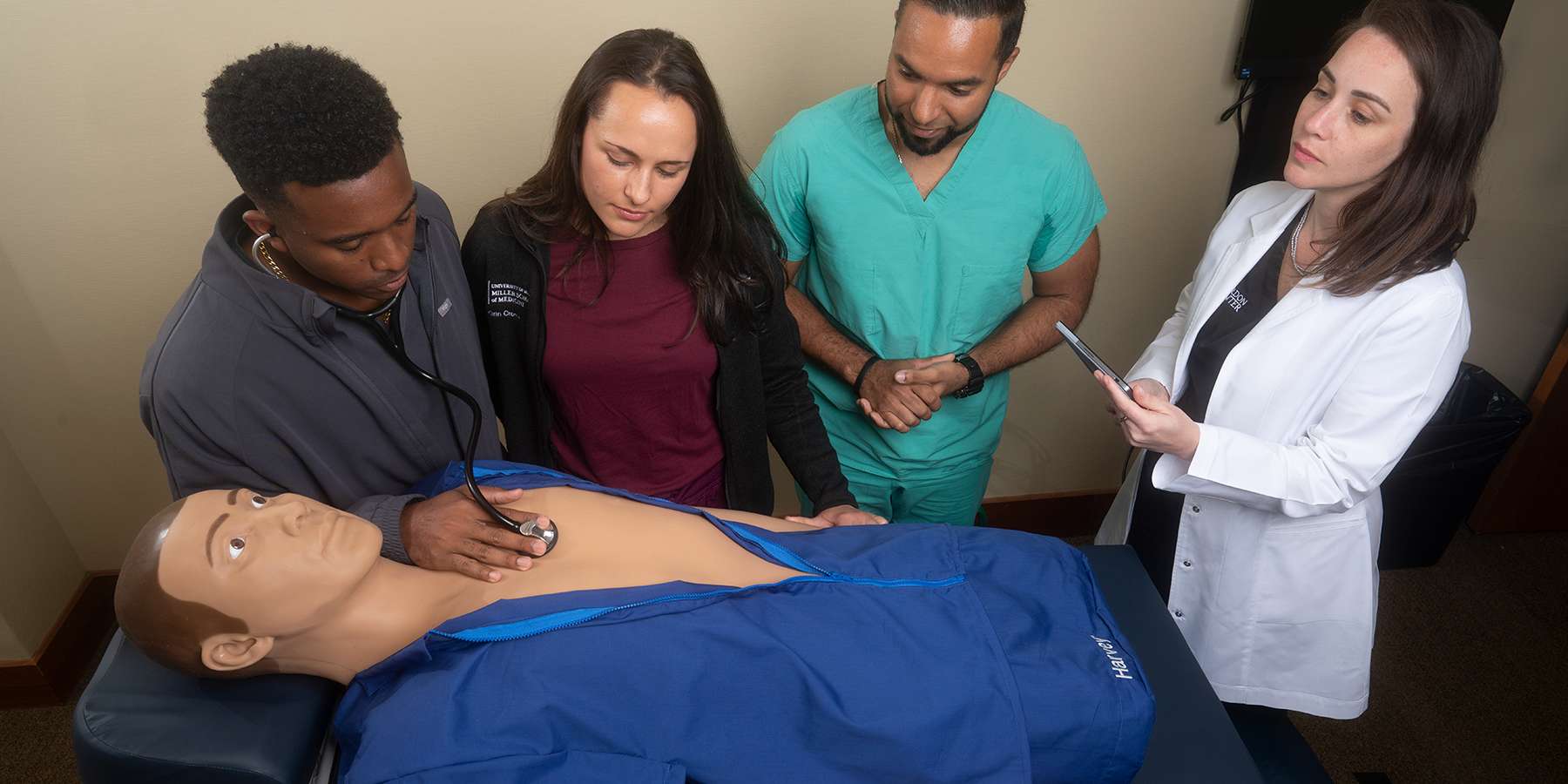
The push for CBE isn’t new – but it’s gaining momentum. “I think the surge is noticeable now, but I think it’s been coming for a while,” Marie said. She described it as potentially reaching a “tsunami stage.”
She explained that in nursing, this surge is partly attributed to recognizing a disconnect between classroom learning and clinical needs – moving away from content-heavy programs that test memorization towards ensuring graduates can apply knowledge in real situations. Concerns about workforce readiness are a significant driver. Accrediting bodies like the AACN and CCNE in the US are now requiring it, further accelerating adoption.
In medicine, many graduate programs around the world have already moved to milestones and Entrustable Professional Activities (EPAs). This is now expected to also influence undergraduate training.
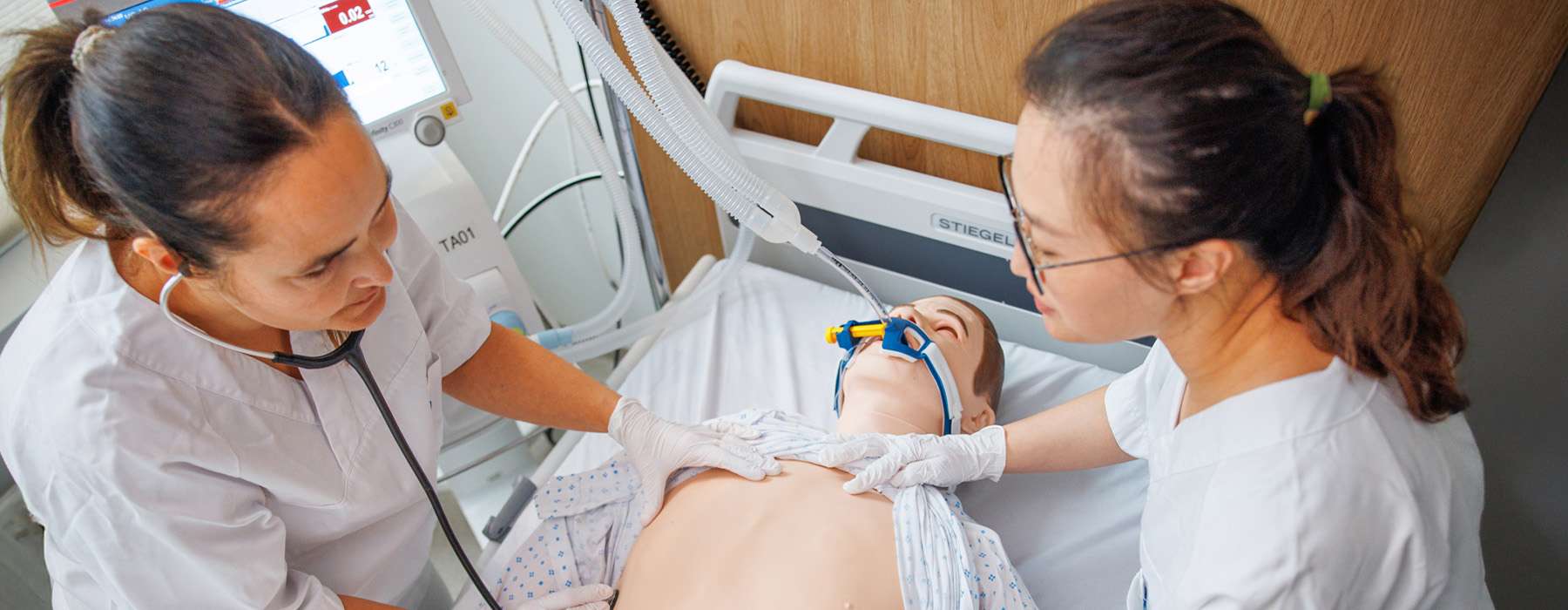
The panelists agreed that simulation fits well into CBE. “CBE is an overarching concept and blueprint that simulation-based education fits beautifully into,” Curtis explained. “And the reason it fits beautifully into it is that a lot of the main pillars – those thought processes, those key concepts around CBE, are also the same key pillars of simulation-based education.” These pillars include:
He explained that simulation helps shift the focus from a system-based approach (progressing solely by time spent) to an individual learning pathway focused on reaching specific goals.
– Curtis Nickel, MD, Med, FRCPC
University of Ottawa/The Ottawa Hospital, US

Marie added that simulation allows for reflection, which is vital for understanding why a student performed an action, ensuring they aren’t just doing the “right” thing for the “wrong” reasons. This allows educators to assess not just actions, but also the underlying knowledge application and critical thinking.

A key “burning area” in CBE is how to accurately assess competencies using simulation. The panelists agreed that the traditional concept of “summative” assessment as a single, high-stakes test needs rethinking in the context of CBE.
Brian suggested defining “summative” as a summation of multimodal assessment gathered over time – similar to an apprenticeship model. This means looking at the “whole picture.”
“Remember: none of this is one and done,” Brian said. “We have to stop that thinking. We have to put all the pieces together. The whole picture is summation – that’s how I look at it.”
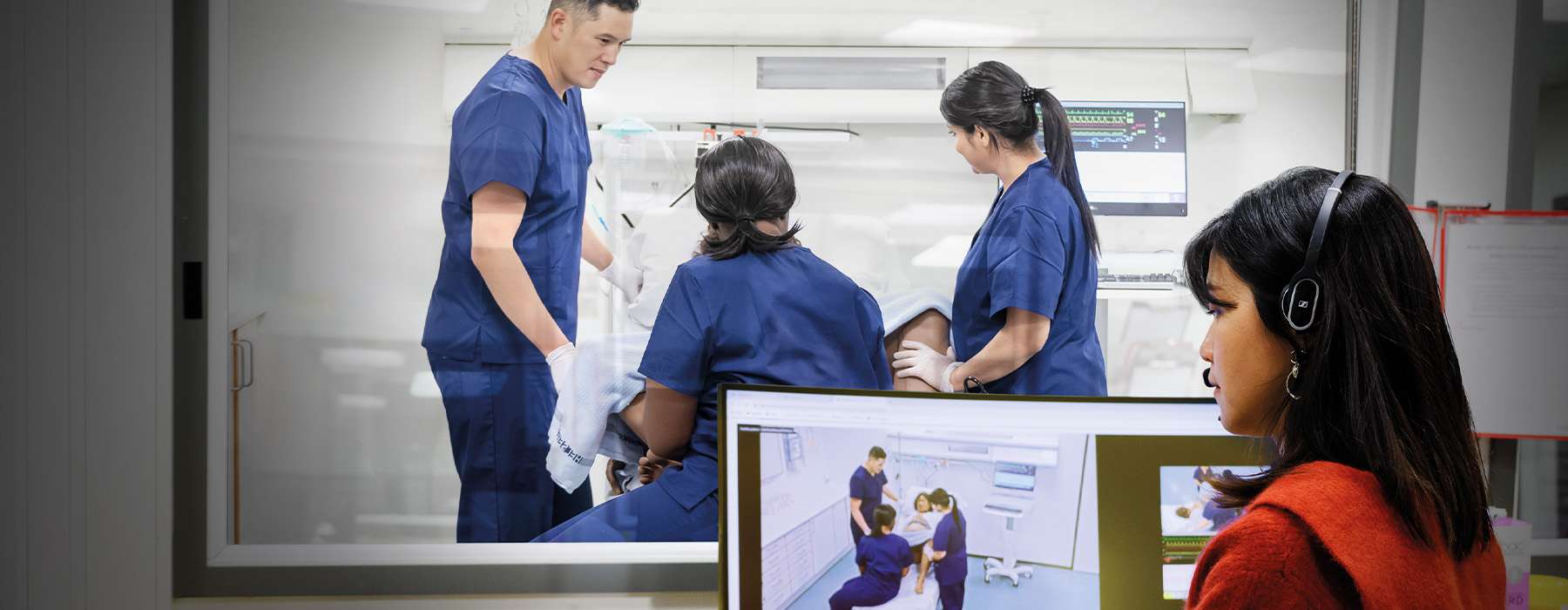
Implementing CBE generates a tremendous amount of data. Managing and making sense of this data is where technology becomes crucial. Tools for collecting exam scores and simulation performance data are needed.
The panelists noted that the specific tools and processes are still evolving, and many programs are discovering the gaps as they go through the implementation process.
– Brian Mann, EdD, MS, PA-C
Philadelphia College of Osteopathic Medicine, US

What constitutes “useful data” in CBE is key. Useful data directly links to the defined competencies, which in turn should relate to essential job activities and ultimately, patient-related outcomes (higher levels of the Kirkpatrick model). Gathering too much data that isn’t meaningful can lead to learner and faculty burnout.
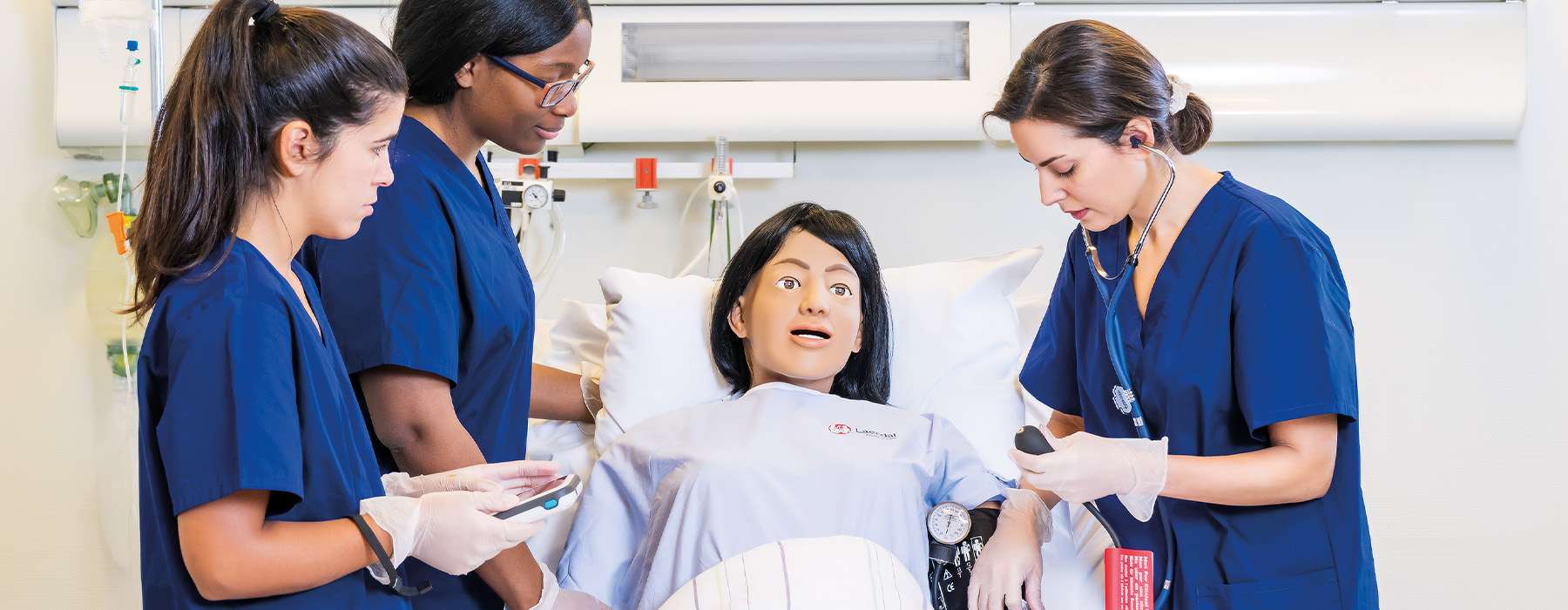
When designing simulations for CBE, the panelists recommended:
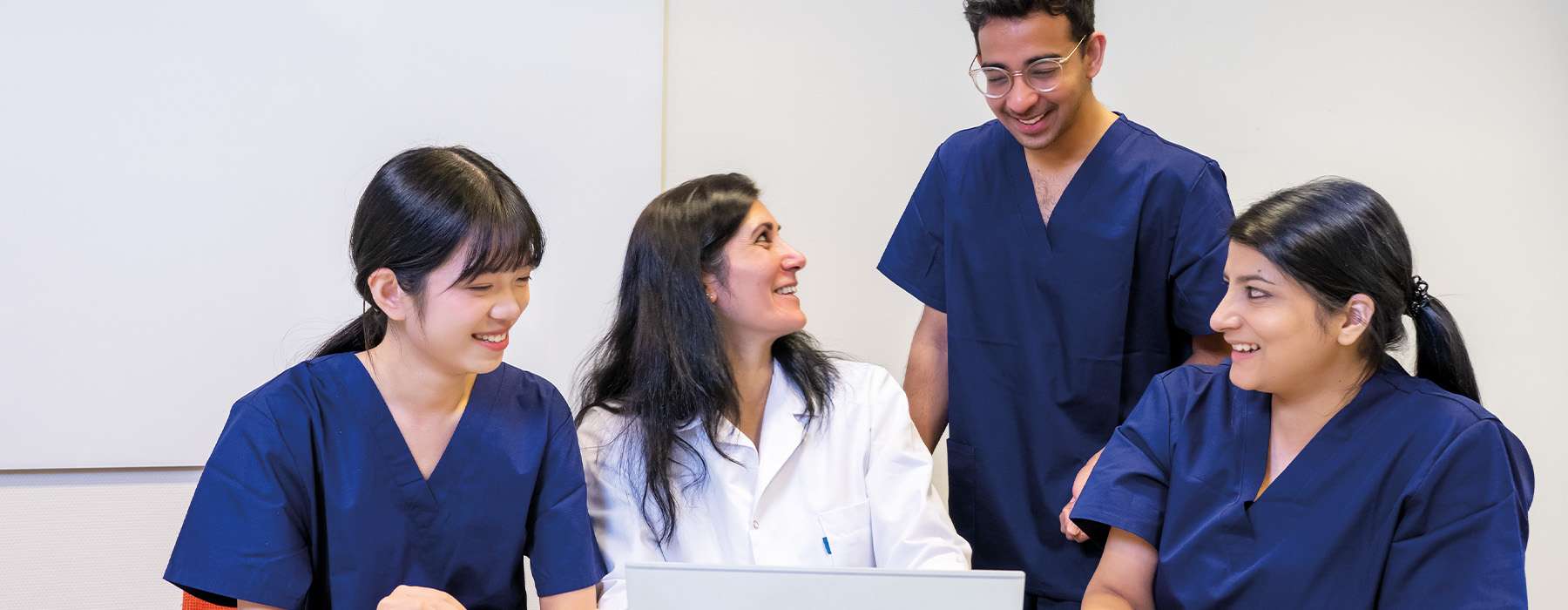
An important element of the shift to CBE is fostering a growth mindset in both students and faculty. Students, who are used to traditional academic measures of success (getting things “right”), should embrace mistakes as opportunities for learning and improving over time.
– Marie Gilbert, DNP, RN, CHSE-A, FSSH
California Center for Excellence in Nursing, US

Marie noted that this aligns with influential researcher Carol S. Dweck’s concept of “The Power of Yet.” This concept emphasizes the belief that abilities can be developed through effort, learning, and persistence – vs. a fixed mindset, or the belief that talent is static.
“I think you really have to move into this growth mindset of, failure is a tool to become successful down the road,” Curtis agreed. “Simulation fits into that beautifully to provide those opportunities, both for people who are advanced or who are behind the potential learning curve.”
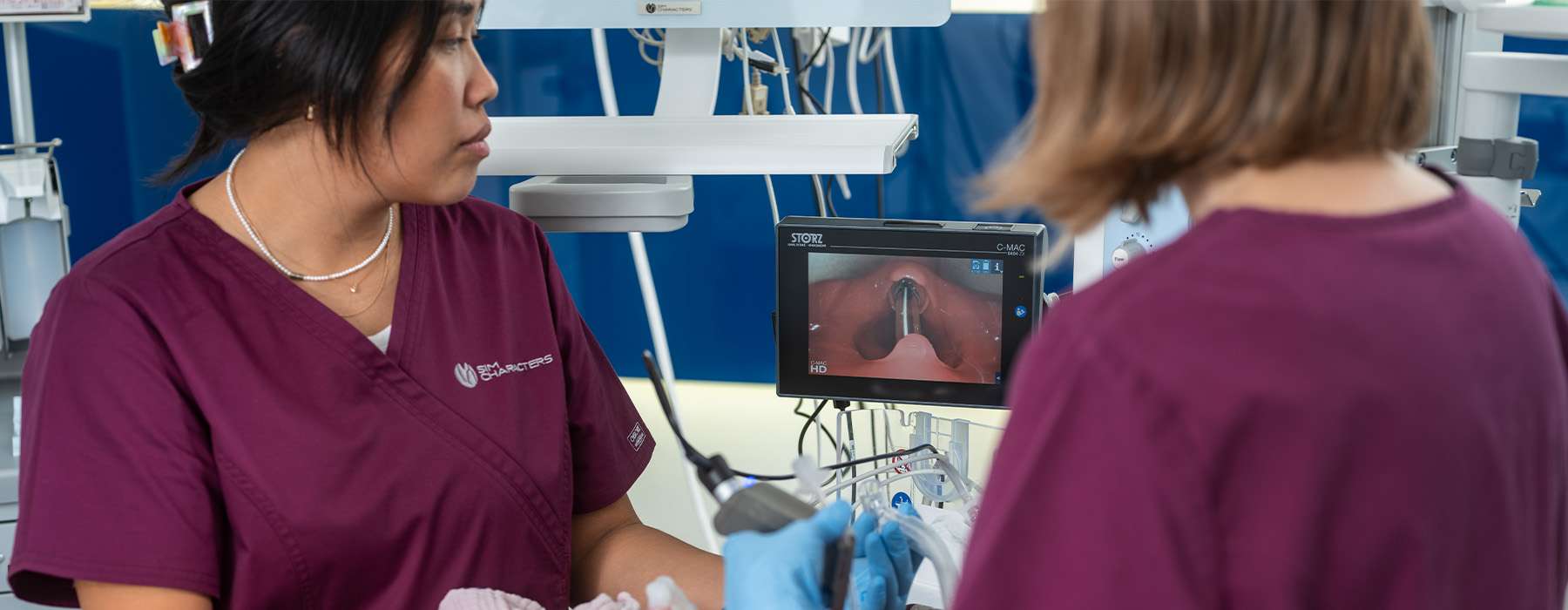
The move towards simulation-supported CBE isn’t limited to just universities. Hospital systems are increasingly incorporating simulation for new residency programs, attending physicians, and staff training. This is driven by the recognition that simulation, especially in situ simulation (or simulation that occurs in the actual environment), is an excellent way to provide exposure to critical skills in a real-world environment.
“I think it you're going to see it more and more,” Curtis said. “It's harder to know everything now. It doesn't matter what profession you're in. There's so much to know and to be good – and your exposure gets limited. I think simulation provides that opportunity.”
Implementing CBE requires resources, both faculty and simulation staff. The amount needed depends on the scale and specific objectives. Creative approaches, such as reallocating resources and using cost-effective task trainers, can help manage resource constraints.
Finally, regulatory requirements around student privacy and record retention, especially when using AV recording for assessments, are important. Policies vary by institution, and it’s crucial for institutions to consult their legal departments and inform students about these policies in advance.
Simulation is a powerful tool for CBE because it aligns with its core principles and allows for assessment of performance in realistic scenarios without posing a risk to real patients.
Assessment in CBE is multimodal and longitudinal, moving away from "one time and done" summative tests toward gathering data on progress over time.
Effective simulations for CBE require careful design that aligns with competencies and considers developmental levels.
Technology and data analytics are essential for managing the large amounts of assessment data generated in CBE.
A growth mindset is crucial for both learners and educators in CBE framework, embracing mistakes as a learning opportunity.